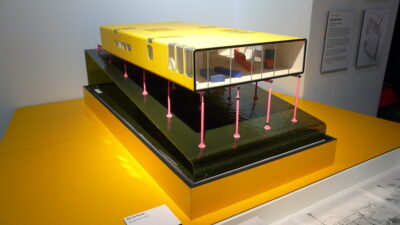The legacy of Indian art and architecture is woven intricately into the cultural fabric of the country. From ancient civilizations to modern times, the evolution of artistic expression mirrors the richness of India’s heritage.
Ancient Indian Architecture: Journeying Through History
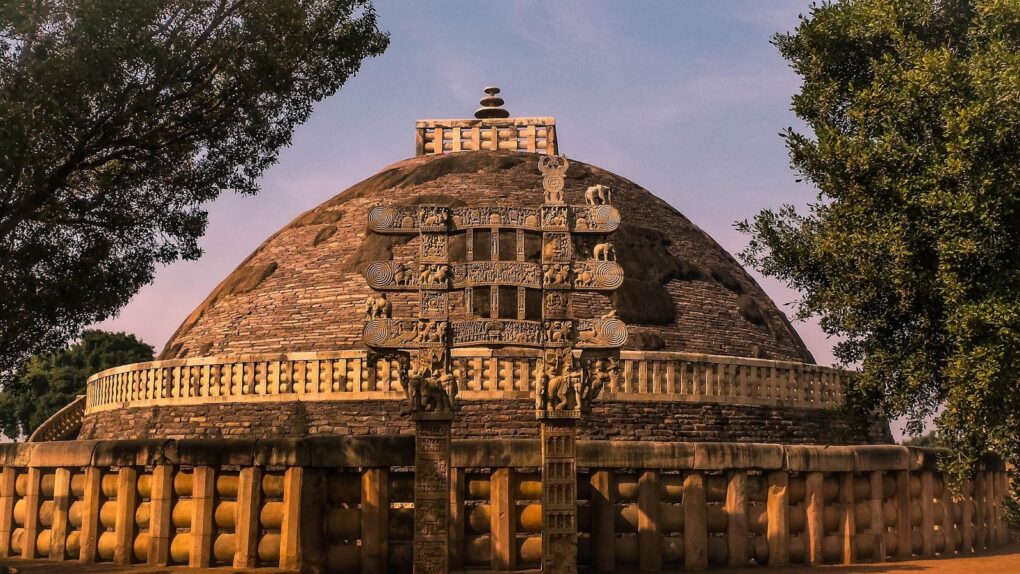
Indian architecture’s origins can be traced back to ancient civilizations, notably the Harrapan period, where innovative techniques like burnt mud bricks and gypsum mortar were used. The Great Bath of Mohenjodaro, an architectural marvel, served communal bathing purposes and reflected advanced urban planning:
- Moving forward, the Mauryan period witnessed significant advancements in architectural styles with the introduction of Stupas and Pillars. Ashoka’s Palace, adorned with intricate carvings, stood as a testament to early architectural grandeur. Notably, the Ashokan Pillar bore inscriptions commemorating historical victories, while the Sanchi Stupa showcased exquisite decorations, representing a blend of art and spirituality;
- Ancient Indian architecture stands as a testament to the country’s rich heritage, reflecting the ingenuity and creativity of early civilizations. The roots of Indian architectural marvels can be traced back to the Harrapan civilization, one of the world’s earliest urban cultures. Notably, the Great Bath of Mohenjodaro, an architectural feat, showcases the meticulous planning and engineering skills of that era;
- Moving forward, the Mauryan period heralded a significant evolution in architectural styles. Stupas and Pillars became iconic symbols of Mauryan art, representing both religious and societal aspects. Ashoka’s Palace, adorned with intricate carvings and motifs, stands as a prime example of architectural grandeur, reflecting the artistic prowess of ancient builders;
- Moreover, the Ashokan Pillar, inscribed with historical narratives, offers a glimpse into ancient India’s political and cultural landscape. The remarkable precision and structural integrity of monuments like the Sanchi Stupa highlight the spiritual significance intertwined with architectural excellence;
- As Indian civilization progressed, cave architecture emerged as a significant milestone. Sites like Ajanta and Ellora bore witness to remarkable advancements in architectural finesse. The intricately carved interiors, elaborate gateways, and mesmerizing fresco paintings in Ajanta Caves showcased the depth of artistic expression and religious fervor prevalent during that era;
- These cave paintings, adorned with scenes from mythology and everyday life, depicted a sophisticated understanding of art and culture. Additionally, the refined techniques employed in creating these cave structures, with highly polished walls and ornate details, demonstrate the exceptional craftsmanship of ancient Indian artisans.
The journey of ancient Indian architecture, spanning from the Harrapan period to the caves of Ajanta and Ellora, serves as a captivating narrative of innovation, spirituality, and artistic brilliance. Each monument and structure bears testimony to India’s rich cultural legacy and its enduring influence on architectural practices globally.
Cave Architecture of India
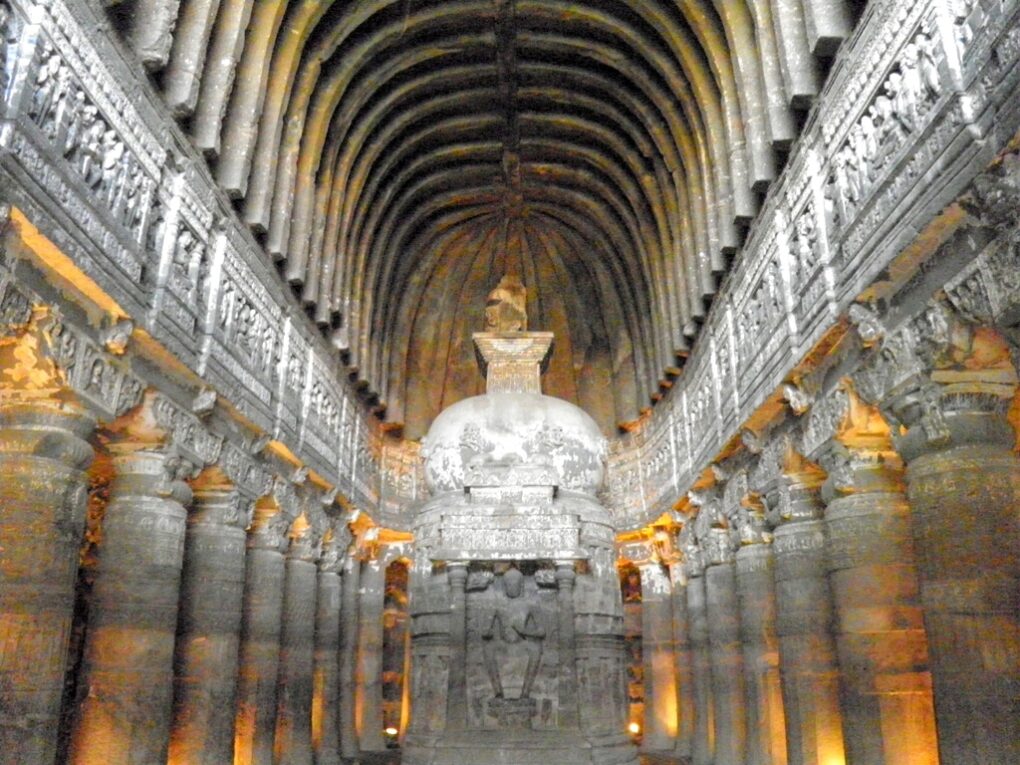
The evolution of Indian architecture through Buddhist influence marked a remarkable shift seen in the cave structures of Ajanta and Ellora. The refined interior walls and elaborate gateways reflected an advanced level of craftsmanship. Ajanta’s fresco paintings, utilizing techniques like Tempera, depicted a wide array of natural and mythological elements. These cave paintings showcased diverse artistic expressions and religious symbolism, portraying the evolution of Indian society and its belief systems.
India has a rich history of cave architecture, primarily associated with religious and spiritual purposes. These caves were carved out of rock, serving as monasteries, temples, or places of meditation. Here are some notable examples:
- Ajanta Caves: Located in Maharashtra, these UNESCO World Heritage-listed caves date back to the 2nd century BCE to about 480 CE. They are renowned for their exquisite Buddhist cave paintings and sculptures, showcasing stories from the Jataka tales and the life of Buddha;
- Ellora Caves: Also in Maharashtra, the Ellora Caves are a UNESCO site and comprise Buddhist, Hindu, and Jain temples. These caves span a period from the 6th to 10th centuries, showcasing remarkable craftsmanship and architectural diversity.
- Elephanta Caves: Situated on Elephanta Island near Mumbai, these caves date back to the 5th to 8th centuries. They are dedicated to Lord Shiva and contain impressive sculptural reliefs and artwork;
- Bhaja and Karla Caves: Found in Maharashtra, these caves are among the oldest Buddhist rock-cut caves in India, dating back to the 2nd century BCE. They exhibit intricate carvings and are significant in Buddhist history;
- Badami Cave Temples: Located in Karnataka, these caves were carved out of sandstone cliffs in the 6th and 7th centuries. They represent a mix of Hindu, Jain, and Buddhist art and architecture;
- Udayagiri and Khandagiri Caves: Situated in Odisha, these caves were excavated around the 1st century BCE. They primarily served as residential blocks for Jain monks and are known for their ornately carved facades.
These caves are not just architectural marvels but also hold immense cultural, religious, and historical significance. Many of them are adorned with intricate sculptures, paintings, and inscriptions, reflecting the artistic and spiritual heritage of ancient India.
Temple Architecture in India
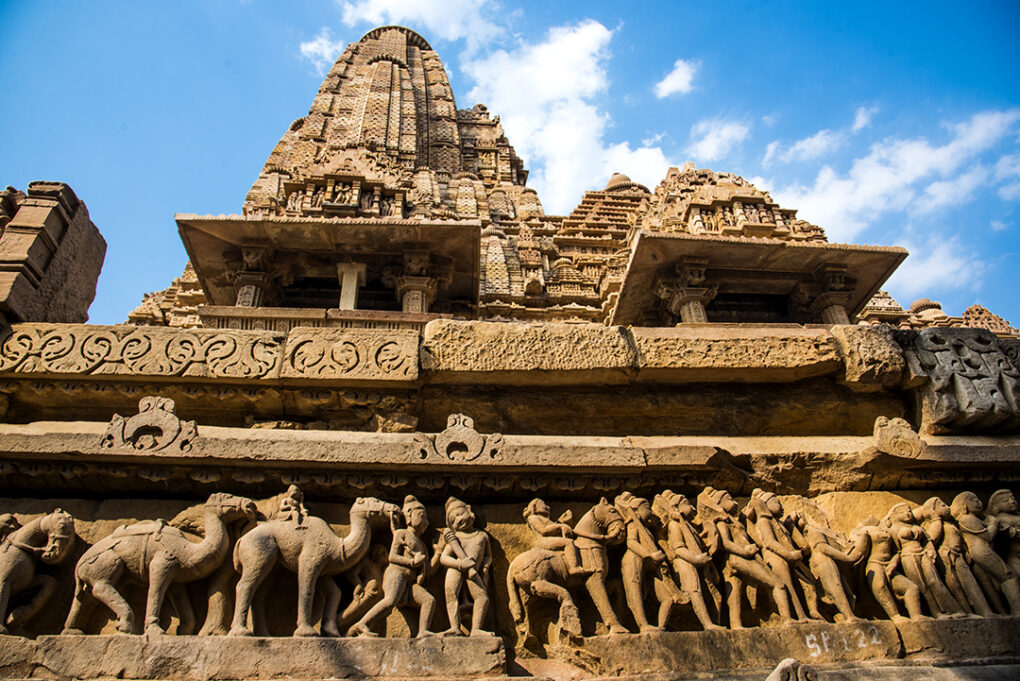
The journey of temple architecture in India unfolded through various styles such as Nagara, Dravidian, Nayaka, and Vesara. Notably, the UNESCO-listed Pallava sites displayed breathtaking architectural designs. Each style, from the Nayaka School’s Islamic-influenced architecture to the Vesara style combining Nagara and Dravidian elements, revealed unique architectural marvels across regions like Madurai and Aihole. The intricate carvings, elaborate structures, and spiritual symbolism reflected the cultural diversity and religious fervor of the era.
Indian temple architecture is diverse and reflects various cultural, historical, and regional influences. Here are some prominent styles:
- Nagara Style: Predominant in North India, this style is characterized by tall and curvilinear towers (shikharas). Examples include the temples of Khajuraho, dedicated to both Hinduism and Jainism, and the Kandariya Mahadeva Temple, known for its intricate carvings;
- Dravidian Style: Prominent in South India, Dravidian temples are characterized by pyramid-shaped towers (gopurams), pillared halls, and vast temple complexes. Famous examples include the Meenakshi Temple in Madurai and the Brihadeshwara Temple in Thanjavur;
- Vesara Style: This style combines elements of both Nagara and Dravidian styles. The temples at Pattadakal in Karnataka exemplify this fusion, showcasing elaborate carvings and a blend of Northern and Southern architectural features.
- Maru-Gurjara Style: Found in the western regions of India, this style is marked by intricately carved pillars and ornate ceilings. The Sun Temple at Modhera and the Dilwara Temples in Mount Abu are notable examples;
- Hoysala Style: Represented by temples in Karnataka, particularly in Belur, Halebidu, and Somanathapura, this style is known for its detailed and intricate stone carvings depicting stories from epics and mythology;
- Kalinga Style: Predominant in Odisha, this style features temples with a distinctive beehive-shaped tower called a rekha deula. The Konark Sun Temple, dedicated to the Sun God, is an exceptional example known for its colossal chariot-like structure.
Indian temple architecture often incorporates intricate sculptures, detailed reliefs, and symbolic representations of various deities, mythological tales, and cultural elements. These temples serve not only as places of worship but also as centers of art, culture, and community gatherings, reflecting the country’s rich heritage and religious diversity.
Mughal Architecture
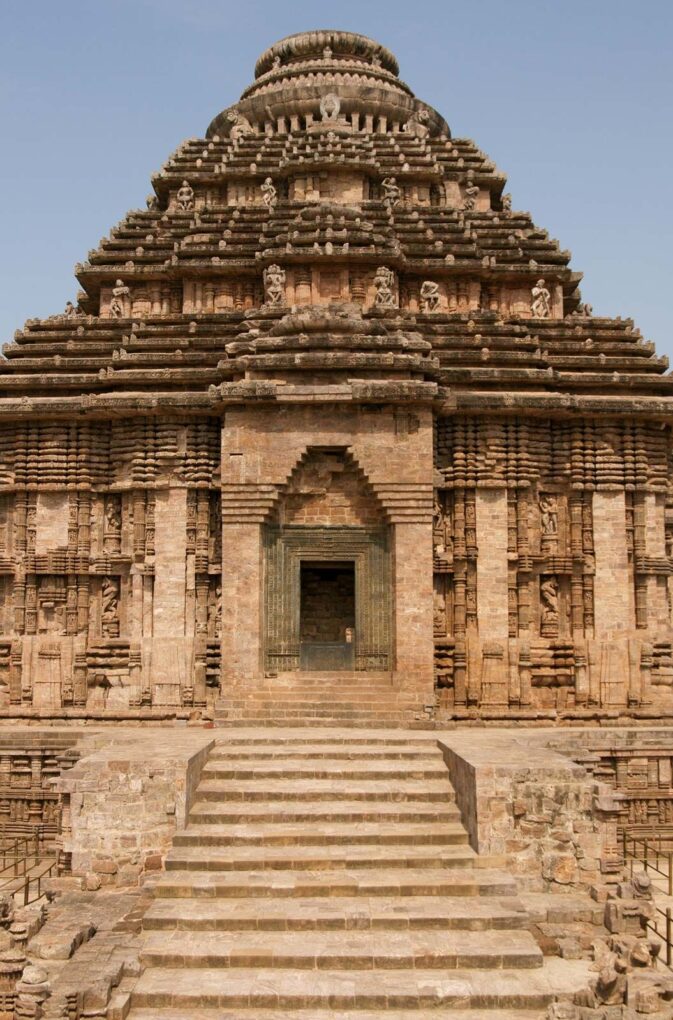
Medieval Indian architecture witnessed the zenith of Mughal influence, characterized by distinctive features such as Charbagh gardening, intricate calligraphy, and symmetrical structures. Iconic constructions like the Taj Mahal and Moti Masjid showcased exquisite craftsmanship, using red sandstone and mortar as prominent elements:
- The architectural finesse of this period not only symbolized grandeur but also highlighted the fusion of Persian and Indian aesthetics, leaving a lasting impact on Indian architectural heritage;
- Mughal architecture stands as a pinnacle of artistic and architectural brilliance, marking a significant chapter in India’s history. The Mughal dynasty, renowned for its cultural patronage and artistic refinement, left an indelible mark on India’s architectural landscape;
- At the heart of Mughal architecture lies a synthesis of Persian, Indian, and Central Asian styles, reflecting a fusion of diverse cultural influences. This unique blend birthed iconic structures characterized by grandeur, symmetry, and intricate detailing;
- One of the most iconic marvels of Mughal architecture is the Taj Mahal, a UNESCO World Heritage Site and a symbol of eternal love. Commissioned by Emperor Shah Jahan in memory of his beloved wife, Mumtaz Mahal, this mausoleum embodies exquisite craftsmanship. Its white marble facade, adorned with intricate inlay work, delicate calligraphy, and symmetrical gardens, reflects the epitome of Mughal architectural aesthetics;
- Moreover, Mughal architecture introduced the Charbagh style, characterized by gardens divided into four quadrants, exemplified in structures like the Taj Mahal and Humayun’s Tomb. The meticulous use of geometric design, water features, and lush greenery within these gardens provided a serene and harmonious ambiance, complementing the architectural grandeur;
- The Red Fort in Delhi stands as another architectural marvel, showcasing the fusion of Persian and Indian styles. Its imposing red sandstone walls, intricate marble inlays, and opulent palaces within the complex exemplify Mughal architectural finesse. The Diwan-i-Am (Hall of Public Audience) and Diwan-i-Khas (Hall of Private Audience) within the Red Fort exhibit intricate designs and exquisite craftsmanship;
- Additionally, the Mughals’ use of ornate calligraphy, geometric patterns, and floral motifs in architectural elements like arches, domes, and minarets showcased their attention to detail and mastery over decorative arts. The Jama Masjid in Delhi, with its grand scale and architectural magnificence, stands as a testament to Mughal architectural prowess in mosque construction.
The legacy of Mughal architecture extends beyond India, influencing architectural styles in neighboring regions and leaving an enduring legacy that continues to inspire awe and admiration for its artistic finesse, structural integrity, and cultural significance.
Modern Architecture of India

Modern architecture in India evolved significantly during the colonial period and post-independence era, showcasing a diverse blend of indigenous styles and global influences. The arrival of European colonists, including the Portuguese, French, and British, introduced new architectural styles, which, combined with India’s traditional designs, shaped the country’s modern architectural landscape:
- During the colonial period, the Portuguese brought the Iberian architectural style, notably visible in regions like Goa. Structures such as the Se Cathedral and the Church of St. Cajetan exhibit elements of Iberian architecture, featuring ornate facades, arched windows, and intricate detailing that reflect European influences fused with local craftsmanship;
- French colonialism left its mark in Puducherry (formerly Pondicherry), where the city’s urban planning and architectural style bear a distinct French influence. The Church of the Sacred Heart of Jesus and other buildings in Puducherry display French architectural elements, including symmetrical layouts, colonnades, and vibrant colors that harmonize with local architectural sensibilities;
- British colonial rule introduced Gothic and Victorian architectural styles across India. Notable landmarks like the St. Paul’s Cathedral in Kolkata and the Gateway of India in Mumbai showcase elements of Gothic architecture, characterized by pointed arches, intricate stone carvings, and towering spires. These structures symbolize the grandeur and imperial influence of British colonial architecture in India;
- Post-independence, India witnessed the emergence of a new wave of architects who sought to blend traditional Indian elements with modern architectural principles. Architects like Charles Correa and Balkrishna Doshi played pivotal roles in promoting indigenous architectural styles while incorporating modernist approaches.
- Charles Correa’s designs, such as the Gandhi Memorial in Ahmedabad and the Jawahar Kala Kendra in Jaipur, emphasize open spaces, natural lighting, and indigenous materials, reflecting a fusion of modernism with traditional Indian design principles;
- Balkrishna Doshi, a pioneer of sustainable architecture, designed innovative structures like the Indian Institute of Management in Bangalore and Aranya Low-Cost Housing in Indore. His designs focused on sustainability, community engagement, and vernacular architectural elements, blending modernity with functionality and local aesthetics.
Furthermore, contemporary architects in India continue to explore innovative approaches that combine technology, sustainability, and cultural identity. The country’s modern architectural landscape reflects a dynamic blend of global influences, historical legacies, and a quest for innovative design solutions that resonate with India’s diverse cultural fabric.
Ancient indian art
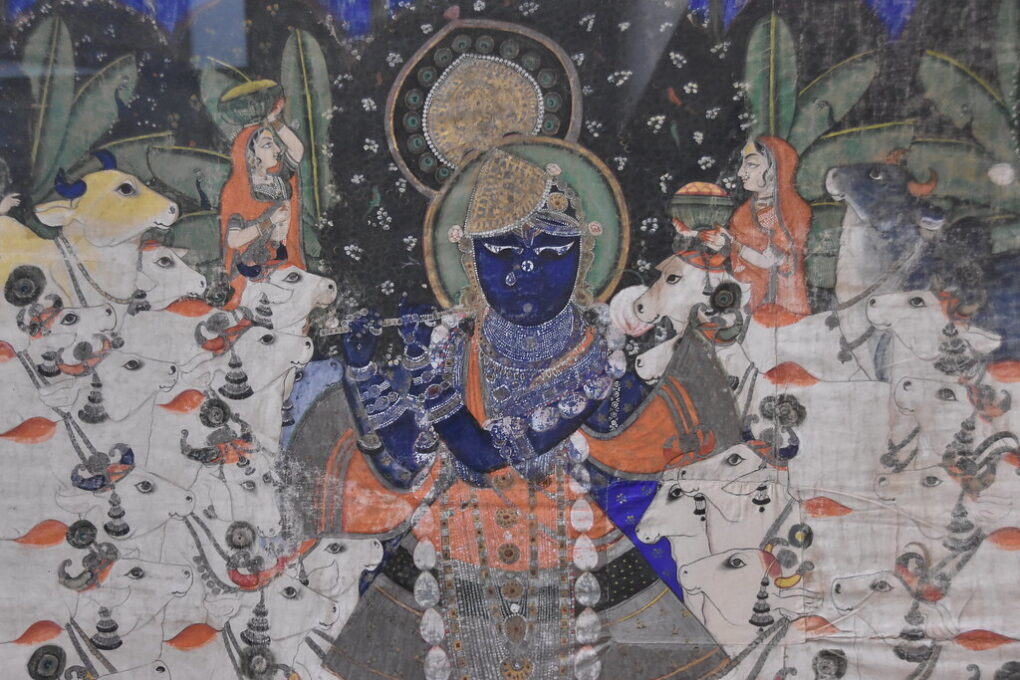
Ancient Indian art is a vast and captivating tapestry, spanning millennia and encompassing multiple cultures, religions, and artistic expressions. To delve into this rich treasure trove, here are some key aspects to explore:
Periods and Traditions:
- Indus Valley Civilization (2500-1500 BCE): The earliest whispers of Indian art come from this remarkable civilization, with intricate seals, pottery designs, and small terracotta and bronze figures depicting daily life and mythical creatures;
- Mauryan Period (322-185 BCE): Mauryan art is famed for its colossal Ashoka pillars, intricately carved with edicts and animal capitals, and the Sanchi Stupa, one of the oldest surviving Buddhist monuments showcasing elaborate toranas and reliefs;
- Gupta Period (320-550 CE): This golden age witnessed flourishing cave temples like Ajanta and Ellora, adorned with breathtaking Buddhist murals and sculptures, and the majestic Kailasha Temple at Ellora, carved from a single rock as a dedication to Shiva;
- Post-Gupta Period (550-1200 CE): This era saw diversification with regional styles like Pallava temples (Shore Temple), intricately carved Khajuraho temples, and the towering gopurams and mandapa complexes of South Indian temple architecture.
Artistic expressions:
- Sculpture: From Indus Valley figurines to monumental Ashoka pillars, Gupta-era Buddha statues, and the divine figures and erotic sculptures of Khajuraho, Indian sculpture embodies diverse styles and religious narratives;
- Painting: Cave temple murals showcasing Jataka tales and Buddhist stories in Ajanta, miniature paintings depicting courtly life and mythology under various dynasties, and vibrant folk art traditions like Madhubani and Warli paintings, all reveal the richness of Indian painting techniques and narratives;
- Architecture: From the planned cities of the Indus Valley to the majestic stupas, cave temples, and diverse regional temple styles, Indian architecture reflects spiritual symbolism, engineering prowess, and artistic sensibilities;
- Decorative arts: Intricate carvings on temples, metalwork in bronze and silver, exquisite textile weaving with vibrant colors and intricate patterns, and diverse crafts traditions like pottery and jewelry add another layer of artistic richness to ancient India.
Exploring further:
- Museums: Immerse yourself in the treasures of museums like the National Museum in Delhi, Chhatrapati Shivaji Maharaj Museum in Mumbai, and numerous regional museums showcasing ancient Indian art collections;
- Temples and Caves: Witness the grandeur and spiritual aura of iconic temples like Khajuraho, Madurai Meenakshi Temple, Konark Sun Temple, and cave temples like Ellora and Ajanta firsthand;
- Books and documentaries: Delve deeper into specific periods, art forms, and artists through books, documentaries, and online resources to gain a deeper understanding of the complex and fascinating world of ancient Indian art.
Remember, your exploration of ancient Indian art is a journey of discovery. Let your curiosity guide you, ask specific questions about areas that intrigue you, and enjoy the rich tapestry of stories, symbolism, and artistic skill that unfolds before you.
Learning the History and Different Types of Indian Art
Embarking on a journey through the history and diverse forms of Indian art is an enriching and fascinating experience! To guide you on this artistic voyage, here’s a starting point:
Ancient Beginnings:
- Prehistoric Rock Paintings: The earliest whispers of Indian art come from the prehistoric rock paintings found in Bhimbetka (290,000 years old) and other locations. These vibrant carvings offer glimpses into daily life, rituals, and hunting practices;
- Indus Valley Civilization (2500-1500 BCE): This remarkable civilization produced sophisticated sculptures in bronze and terracotta, depicting humans, animals, and even mythical creatures. The intricate seals and pottery designs showcase an early mastery of artistic expression.
Religious Influences:
- Buddhist Art (2nd century BCE – 10th century CE): The spread of Buddhism led to the creation of exquisite cave temples (Ajanta, Ellora) adorned with murals depicting the life and teachings of the Buddha. Sculpture flourished with iconic representations like the Gandhara Buddhas and serene Bodhisattvas;
- Hindu Art (Gupta Period – Present): Hinduism’s vast pantheon of deities fueled the creation of monumental temple sculptures and intricate bronze idols. Cave temples like Elephanta showcase the divine power and intricate narratives of Hindu mythology;
- Jain Art (3rd century BCE – Present): Jainism’s emphasis on asceticism and non-violence is reflected in their art. Jain temples are notable for their meticulous carvings and intricate geometric patterns, while their bronze Tirthankara figures embody serenity and spiritual purity.
Diverse Artistic Expressions:
- Miniature Paintings: Flourishing under various dynasties, miniature paintings emerged as exquisite narrations of mythology, epics, and courtly life. Mughal miniatures, saturated with vibrant colors and detailed brushwork, are particularly renowned;
- Folk Art: The rich tapestry of Indian folk art is rooted in diverse traditions and local materials. Vibrant Madhubani paintings, intricate Warli wall paintings, and colorful Pattachitra scrolls reveal the unique perspectives and storytelling prowess of regional communities;
- Textile Arts: India’s textile heritage is legendary, with silk weaving reaching its zenith in Benaras and Kashmir. Intricate embroidery, block printing, and stunning dyeing techniques showcase the skill and artistry of generations of weavers and artisans.
Further Exploration:
- Museums: Explore the treasures of the National Museum in Delhi, Chhatrapati Shivaji Maharaj Museum in Mumbai, and numerous regional museums to witness the breathtaking diversity of Indian art;
- Temples and Caves: Immerse yourself in the spiritual and artistic aura of iconic temples like Ellora, Khajuraho, and Konark Sun Temple;
- Festivals and Crafts Fairs: Witness the vibrant spirit of Indian art firsthand at vibrant festivals like Dussehra and Holi, or explore the stalls of crafts fairs to discover regional artistic treasures.
This is just a glimpse into the vast and ever-evolving world of Indian art. As you delve deeper, you’ll be captivated by the intricate details, symbolism, and narratives woven into each artistic expression. Remember, the journey of appreciating art is as enriching as the art itself, so let your curiosity guide you and revel in the beauty and stories that unfold before you!
Feel free to ask any specific questions you have about different periods, art forms, or artists, and I’ll be happy to assist you further in your exploration of Indian art!
Conclusion
Indian art and architecture embody the essence of the country’s cultural heritage, serving as a visual chronicle of its history and diversity. Each architectural period and art form is a testament to the creativity, craftsmanship, and spiritual beliefs prevalent in different eras. Exploring these artistic realms not only unveils India’s architectural prowess but also provides a glimpse into the rich tapestry of its cultural legacy.









